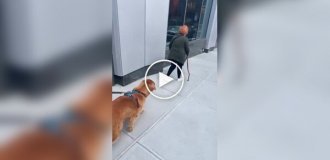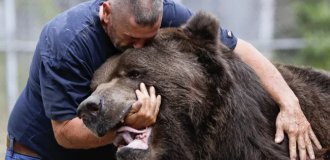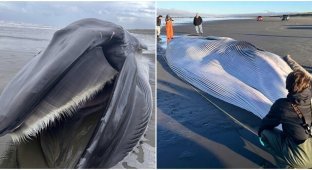Tiny surgeons. Ants carry out amputations to save the lives of wounded relatives (2 photos + 1 video)
The study was carried out by a team from the University of Lausanne and scientists believe it represents the first example of non-human animals amputating the limbs of fellow animals to prevent the spread of infection. 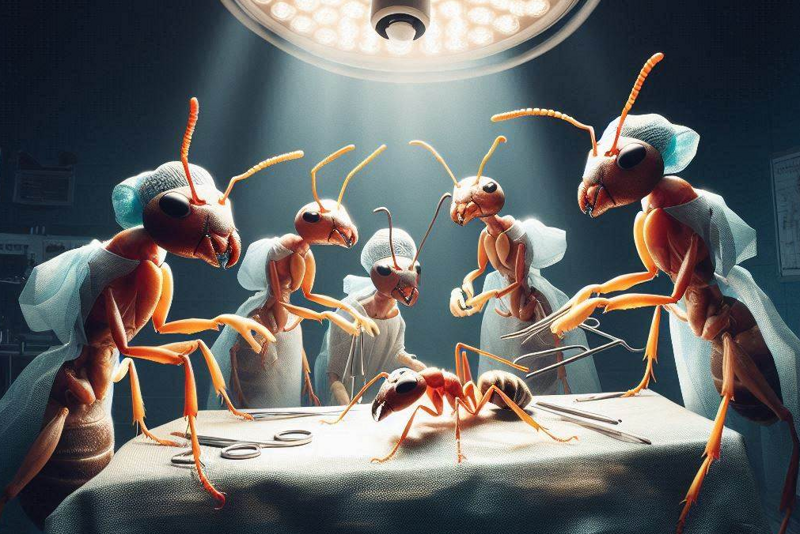
What's most intriguing, according to the study's first author, Dr. Eric Frank, is that the insects seem to tailor treatment to the site of injury. Thus, scientists came to the conclusion that ants are able to some extent to diagnose wounds and treat them accordingly in order to maximize the survival of wounded relatives.
In the study, the researchers cut Florida carpenter ants (Camponotus floridanus) on the right hind limb and then monitored the reactions of their nestmates for a week. The results show that 13 of the 19 ants with hip or femur injuries were amputated by their nest mates. In this case, the limbs were cut off in the area of the trochanter - the connection with the pelvic bone. 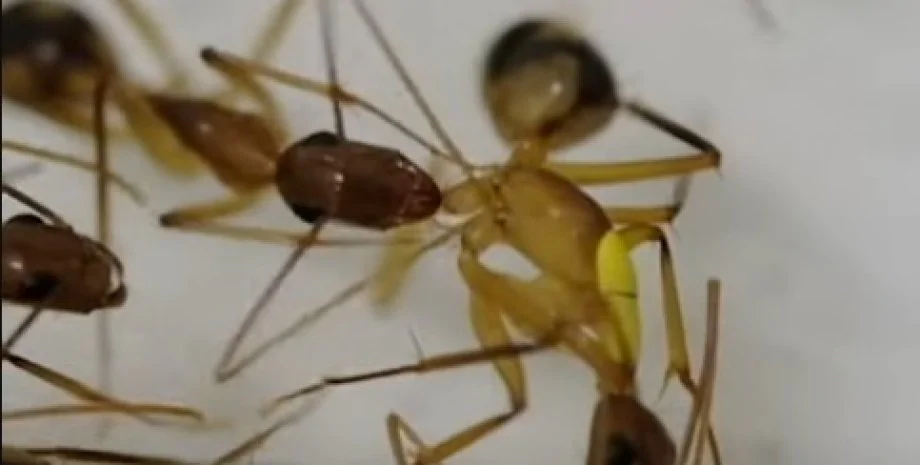
Scientists observed how nestmates began to lick the wound, and then moved their mouthparts along the damaged limb until they reached the trochanter. After this, the ants began to repeatedly bite the injured leg until it was cut off. At the same time, the results show that in 9 ants with leg injuries, amputations were not observed. Instead, nestmates only provided care for the wounds in the form of licking them.
Later, scientists repeated the experiment, but using ants with infected wounds - the results were similar. The results also showed that isolated ants with infected wounds actually died significantly more often than insects with sterile wounds. But their survival rate improved significantly if the wounded ants were either returned to their colonies, or the scientists independently amputated the insects' limbs. Note that amputations were effective only when it came to hip injuries.
Initially, scientists did not understand why amputations were performed only for hip injuries, but later scientists discovered that in this case the injuries were associated with damage to the structures that pump blood-like substances throughout the ants' body. Unfortunately, as a result, leg infections spread throughout the body much faster than hip infections, meaning that amputation of the former had little effect on improving survival.
The researchers note that ants are most often injured in territorial disputes with neighboring colonies, but treating the injured appears to be beneficial. Observations show that approximately 10-11% of ants that go hunting or in search of food are injured.



